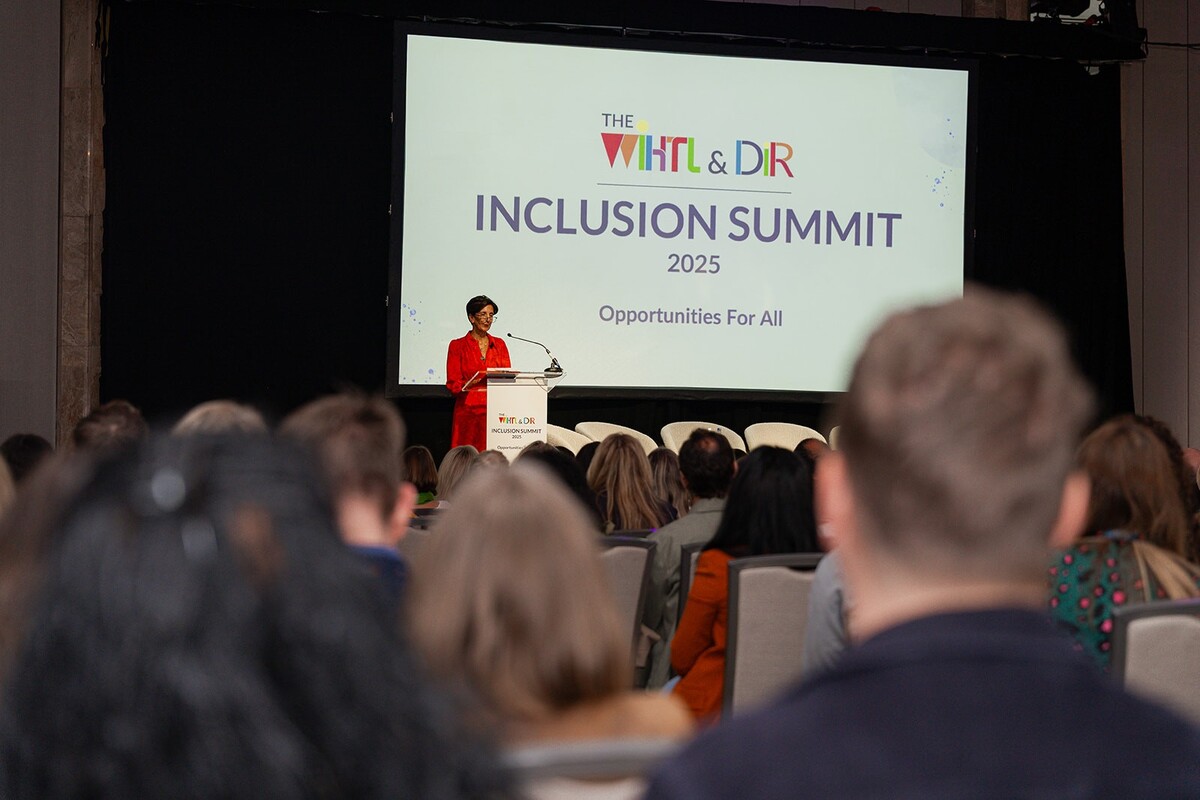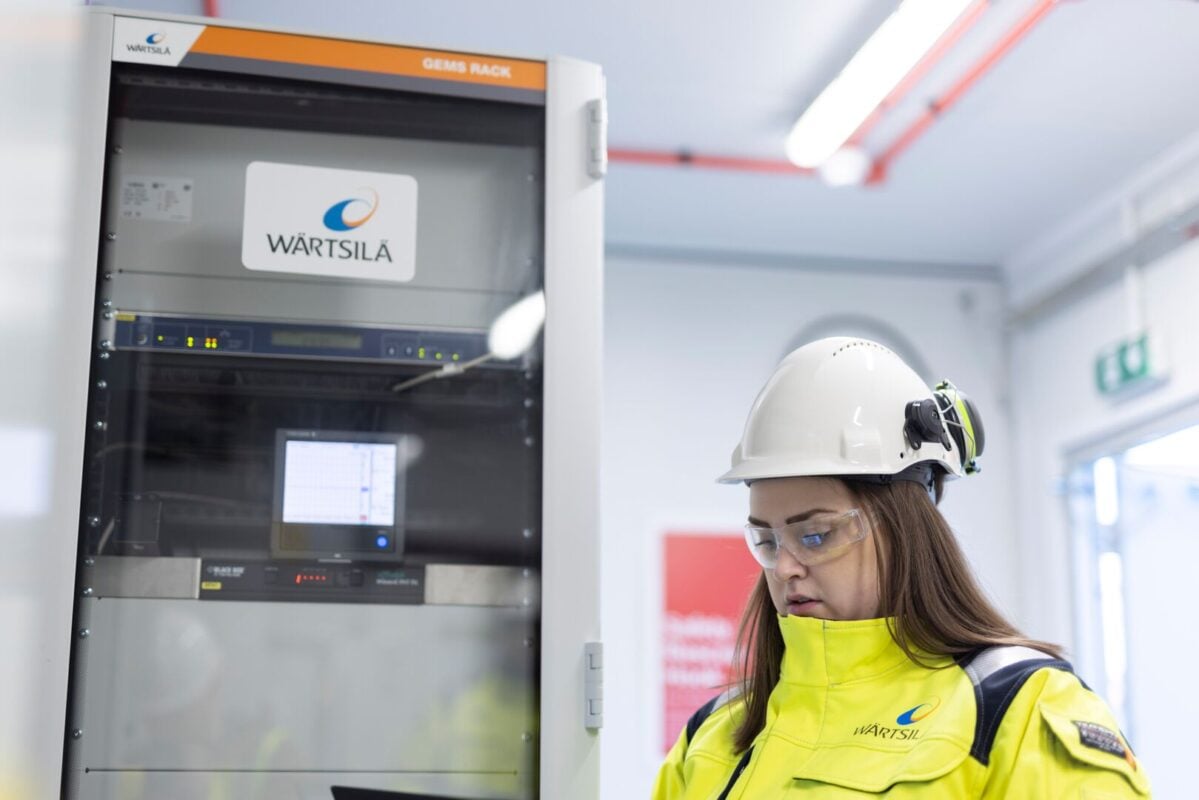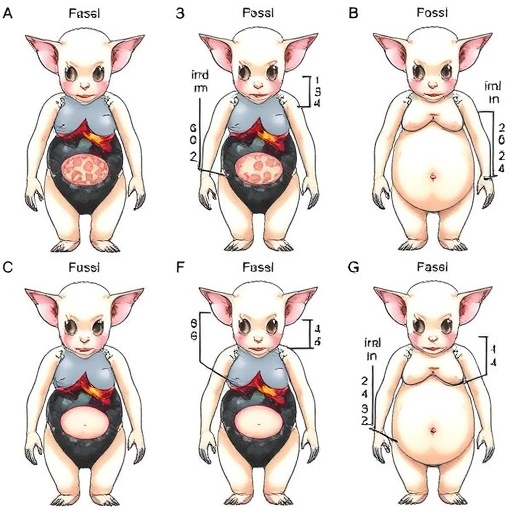AI Enables Small Businesses to Reduce Number of Middle Managers – PYMNTS.com

Impact of Artificial Intelligence on Middle Management in Small- to Medium-Sized Businesses (SMBs)
Introduction
Artificial intelligence (AI) is increasingly influencing organizational structures within small- to medium-sized businesses (SMBs), particularly driving reductions in the number of middle managers. This trend aligns with efforts to enhance operational efficiency and supports several Sustainable Development Goals (SDGs), including Decent Work and Economic Growth (SDG 8) and Industry, Innovation, and Infrastructure (SDG 9).
Trends in Middle Management Reduction
- SMBs are following the example of large enterprises such as Amazon and Meta by reducing middle management layers, as reported by Bloomberg on June 30, 2025.
- Data from payroll services provider Gusto indicates that the average number of direct reports per supervisor in SMBs doubled from three in 2019 to six in 2024.
- Variations exist across industries, with professional services firms maintaining fewer direct reports per manager compared to sectors like hospitality and food service.
Drivers Behind the Trend
- Economic Factors: SMBs are mitigating the impacts of inflation and higher interest rates by streamlining management structures.
- Artificial Intelligence Integration: AI is increasingly performing tasks traditionally managed by middle managers, such as generating slide decks, project planning, and feedback collection, enhancing productivity and innovation (SDG 9).
Role of AI in Management Transformation
According to PYMNTS reports, advanced AI agents are now capable of independently navigating complex business processes and making decisions previously requiring human managers. This shift allows human employees to focus on higher-value work, promoting sustainable economic growth and innovation (SDG 8 and SDG 9).
Case Studies: Amazon and Meta
Amazon
- Amazon CEO Andy Jassy announced plans to reduce the number of managers and increase the ratio of individual contributors to managers by at least 15%.
- The company aims to operate with a flatter organizational structure and encourage more in-office work to foster collaboration and innovation.
- This approach supports Decent Work and Economic Growth (SDG 8) by optimizing workforce efficiency and promoting sustainable business practices.
Meta
- Meta’s restructuring plan, announced in March 2023 by CEO Mark Zuckerberg, includes layoffs, flattening organizational layers, and canceling lower-priority projects.
- Management layers are being reduced to give managers up to 10 direct reports, improving operational efficiency.
- Investments in AI and tools, along with studying distributed workforce effectiveness, align with Industry, Innovation, and Infrastructure (SDG 9) and Sustainable Cities and Communities (SDG 11).
Conclusion
The reduction of middle management in SMBs, driven by AI adoption and economic pressures, reflects a broader shift towards more agile and innovative business models. These changes contribute to achieving multiple Sustainable Development Goals by fostering inclusive and sustainable economic growth, promoting innovation, and improving workplace efficiency.
For continuous updates on AI and business developments related to sustainability, subscribe to the AI and B2B Newsletters.
1. Sustainable Development Goals (SDGs) Addressed or Connected
- SDG 8: Decent Work and Economic Growth
- The article discusses changes in workforce management, job restructuring, and the impact of AI on employment in SMBs and large companies like Amazon and Meta.
- SDG 9: Industry, Innovation and Infrastructure
- The integration of artificial intelligence into business processes and management highlights innovation and technological advancement.
- SDG 4: Quality Education
- Implied need for upskilling and reskilling workers to adapt to AI-driven changes in job roles and management structures.
2. Specific Targets Under Those SDGs Identified
- SDG 8 Targets
- Target 8.2: Achieve higher levels of economic productivity through diversification, technological upgrading, and innovation.
- Target 8.5: Achieve full and productive employment and decent work for all women and men, including young people and persons with disabilities.
- Target 8.6: Reduce the proportion of youth not in employment, education or training.
- SDG 9 Targets
- Target 9.5: Enhance scientific research, upgrade the technological capabilities of industrial sectors.
- SDG 4 Targets
- Target 4.4: Increase the number of youth and adults who have relevant skills, including technical and vocational skills, for employment.
3. Indicators Mentioned or Implied to Measure Progress
- Indicators Related to SDG 8
- Ratio of managers to direct reports (e.g., increase in direct reports per manager from 3 to 6 in SMBs).
- Employment changes such as layoffs and restructuring numbers (e.g., Meta’s layoffs of 10,000 employees).
- Productivity measures related to AI adoption in business processes.
- Indicators Related to SDG 9
- Extent of AI integration in business operations (e.g., AI performing tasks previously done by middle managers).
- Investment levels in AI and technological tools.
- Indicators Related to SDG 4
- Number of employees trained or reskilled to work alongside AI technologies (implied).
4. Table: SDGs, Targets and Indicators
| SDGs | Targets | Indicators |
|---|---|---|
| SDG 8: Decent Work and Economic Growth |
|
|
| SDG 9: Industry, Innovation and Infrastructure |
|
|
| SDG 4: Quality Education |
|
|
Source: pymnts.com

What is Your Reaction?
 Like
0
Like
0
 Dislike
0
Dislike
0
 Love
0
Love
0
 Funny
0
Funny
0
 Angry
0
Angry
0
 Sad
0
Sad
0
 Wow
0
Wow
0


























.png.webp?itok=oUrWXcvl#)

:focal(2620,1821)/https://media.globalcitizen.org/60/0a/600a77ce-594c-49ce-b428-dd977e3d2328/d4_csdw_thailand_2149_1.jpg?#)
















































